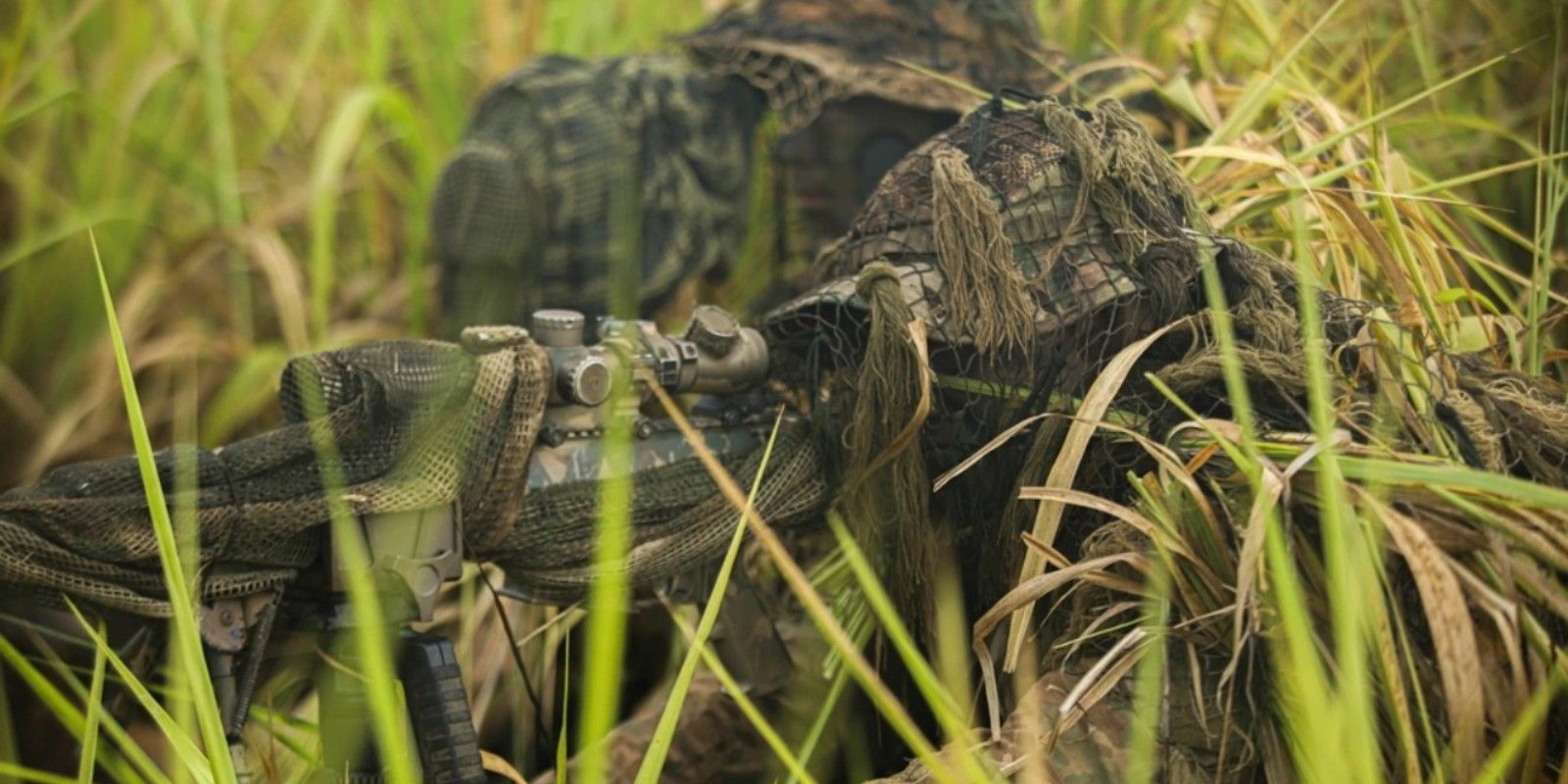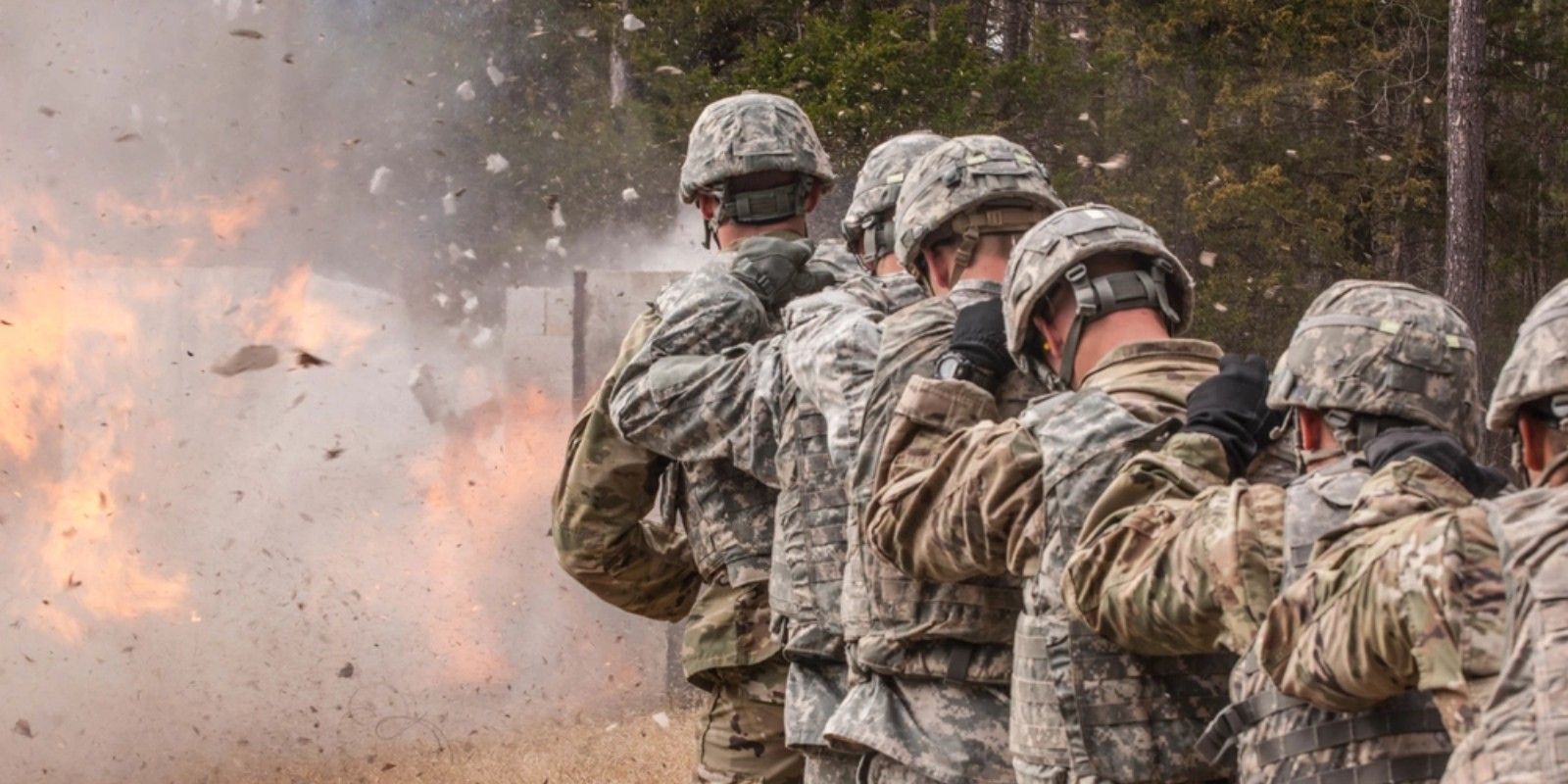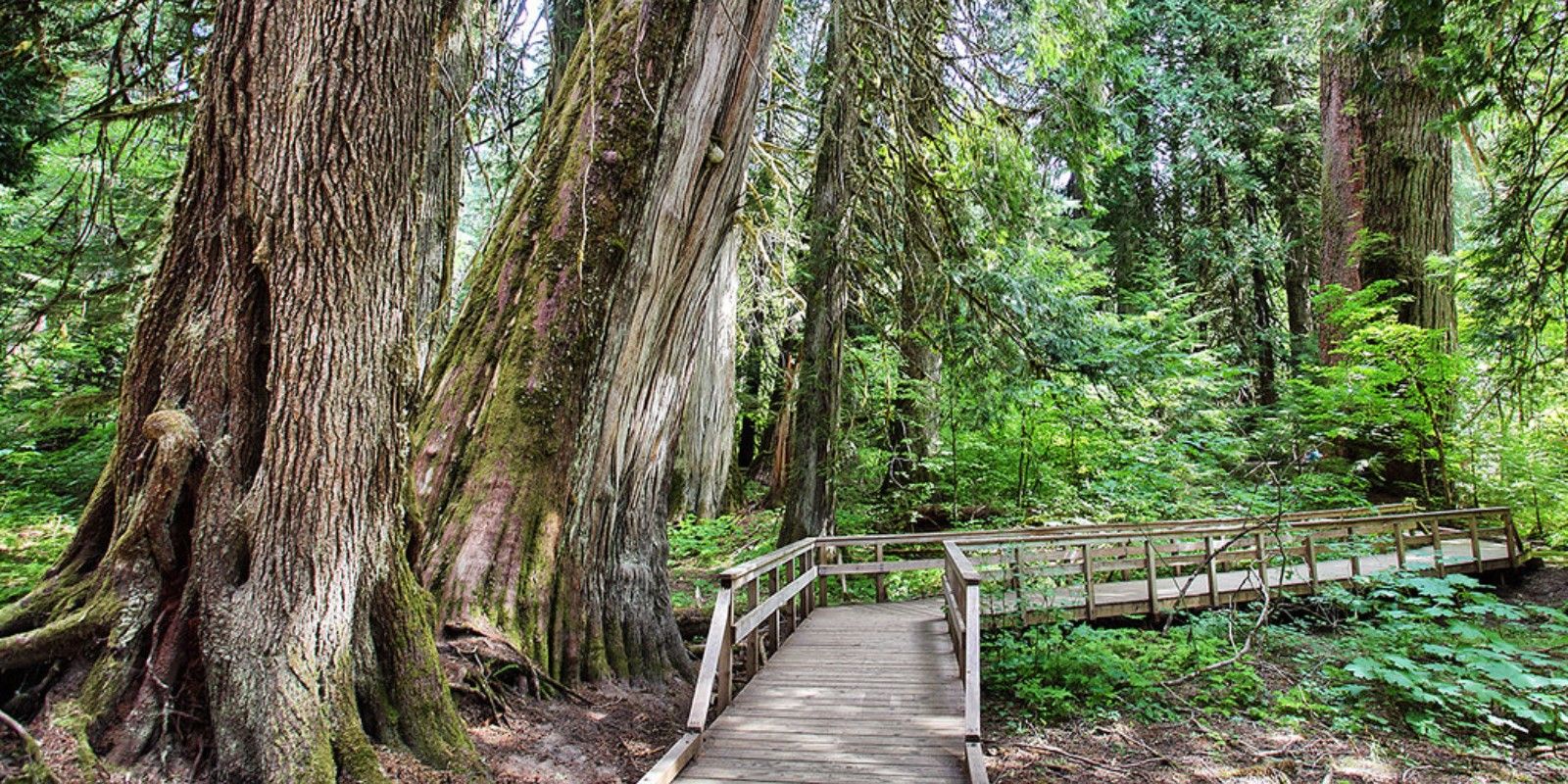HOW TO PLAN YOUR NEXT GREAT AMERICAN NATIONAL PARK ROAD TRIP
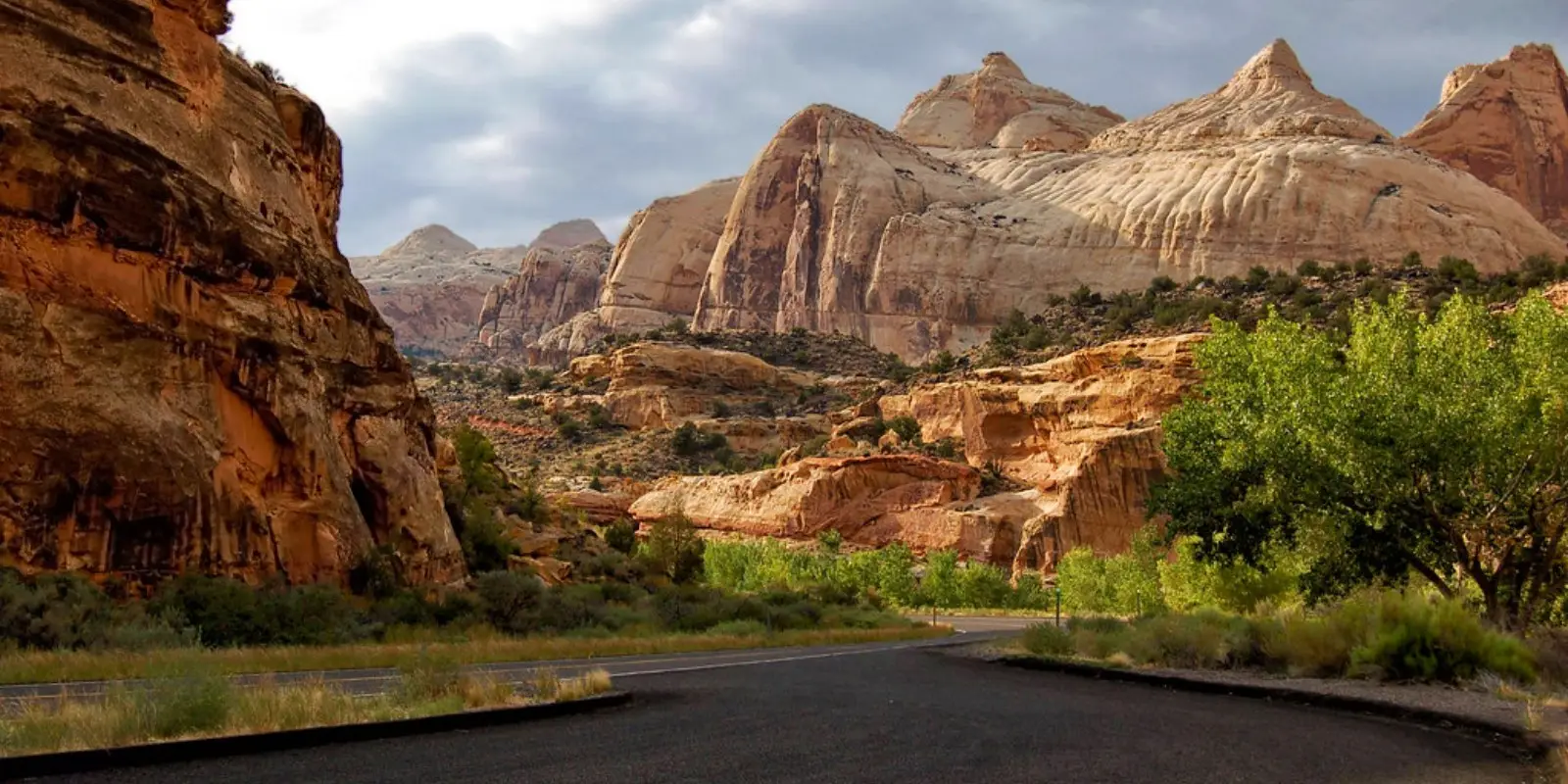
Now is the perfect time to plan a U.S. national park road trip to escape from the coronavirus-strengthened clutches of your couch in 2021. The USA is a big, beautiful country with protected wilderness sites galore that are perfect to recharge in the great outdoors. Keep in mind that in the era of selfies and social media, picture-perfect national parks are appealing to more and more visitors. Having a plan for your national park road trip before you go is essential.
How to Plan a National Park Road Trip
Preparation and planning make all the difference for an enjoyable national park road trip. Start by choosing the parks you want to visit. Add campsites, hiking, wildlife viewing, whitewater rafting, star gazing, bird watching and any other activities you desire to find the dates that work best for your national park road trip.
There is so much to consider with trip planning! Here are a few suggestions for road tripping to the dreamy scenery of U.S. national parks.
Click here to download your free PDF copy.

1. Seasonal Considerations
What’s in season will greatly affect your experience when visiting a national park. Consider the weather—including temperature and local hazards such as flash flooding, thunderstorms or blizzards—as well as park openings and closings.
If you head to Yellowstone for a spring trip, you’ll be treated to spotting the parks’ spring babies like “Red Dogs” (bison calves) that are not seen in many other national parks. But, you might see some snow fly too, so you’ll need to be prepared to layer-up for warmth. And, some areas of the park—such as the Grand Canyon of Yellowstone—may not be accessible yet, but there is less (human) traffic on the road. If you want to feel like you have the place to yourself, spring is a much better choice than summer when peak season crowds are a sure bet.
Avoid visiting parks prone to uncomfortable seasonal temperatures, like the California and Nevada deserts of Joshua Tree and Death Valley during the dog days of summer. Spring and fall trips will offer less extreme temps for destinations like Arizona’s Grand Canyon and the Florida Everglades, making hiking and other park activities more pleasant.
Maine’s fall foliage explodes with color, making it quite Instagram worthy for campers at Acadia. Washington’s Mount Rainier offers the wonders of winter with snowy outdoor activities for the whole family: snowshoeing, skiing, sledding and snowmobiling, to name a few.
2. Regional Itineraries
Consider choosing parks in one geographical region. Regional national park road trip itineraries save on fuel costs and allow most of your vacation time to be spent on recreation and not driving. Here are a few national park road trips based on locations for inspiration.
A summer trip to Denali, Kenai Fjords and Wrangell-St. Elias in Alaska works best since they are only fully open during the summer, with the midnight sun (a natural phenomenon when the sun remains visible at the local midnight) allowing you to be as active as you want to be, day and night. Plus, the salmon are running if wild world-class fishing is one of your recreation goals.
If one national park is plenty to explore for you, consider pairing a park visit with other area attractions. For example, visit Cabrillo National Monument, the USS Midway Museum and the San Diego Zoo. Camp in an RV park (Fingers crossed! Waterfront please!), or park the car and enjoy city life...either way, the road trip south of LA is gorgeous with views of the Pacific Ocean. And, Travelzoo rates America’s Finest City among the Best Military Towns in America.
And, for veterans only, find a national park near the Veterans Administration facility you are visiting, and coordinate a little R&R with time to embrace the healing powers of Mother Nature on the trip. Cue the Willie Nelson anthem “On the Road Again” for the essential road trip sing-along song!

3. Making Reservations
Reservations for national park campgrounds are available several months in advance online at Recreation.gov. Be aware that reservations often sell-out within seconds of being released, so log-in to your account and enter info in advance to be ready. If you want to aim high, let Campendium’s Best National Park Camping be your guide to the Top 17 campsites rated by campers in 2020.
There are plenty of campgrounds outside of the parks as well if you don’t score a reservation in the park. View campsite photos for national and state parks, Bureau of Land Management and the U.S. Forest Service at Campsitephotos.com.
Pro tip: Be sure to book campsites, recreational activities and permits before you map out your trip. You don’t want to work on a map for a trip that isn’t available!
More like this: 10 of the Best Military Campgrounds & RV Parks in the United States
4. Save Some Money
Did you know RVing is a cost-saving way to travel and vacation? Savings range from 8%–64% (depending on the type of RV and party size), according to a CBRE Hotels Advisory commissioned by Go RVing and the RV Industry Association to provide a comparison of the cost of an RV summer vacation and other types of summer vacations.
That isn’t likely to change anytime soon either. For a two-person travel party, fuel prices would need to rise to more than $13 per gallon for RVing to lose its economic advantage. Use NerdWallet’s Vacation Budget Calculator to estimate and compare travel costs.
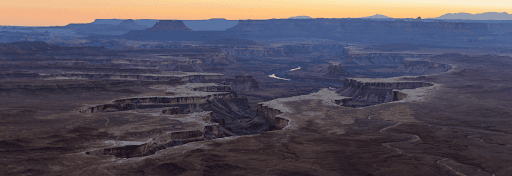
Scenic National Park Routes
If there is a national park near you, you can bet that it is listed among the best RV trips in the area. From family fun to romantic escapes, you’ll make lasting memories with adventures at some of the most magnificent places on Earth.RV Share lists Yellowstone, Grand Canyon, Zion, Great Smoky Mountains and Sequoia as 2021’s top national parks for RV travel.
If you want to go big with your 2021 road trip, check out Travel + Leisure’s “This Bucket List Road Trip Covers 12 of America’s Best National Parks in One 5,600-mile Route.” Or, let a smaller start build your confidence if you are new to RV life with National Geographic’s “National Parks Road Trip: Utah.”
Looking for a road trip to take in the season’s scenery? See Jetsetter’s “8 U.S. National Park Road Trips to Take in Summer and Fall,” Escape Campervans “Best National Parks to Visit in the Winter” or “The 15 Best National Park Road Trips to Take All Year Long,” from Reader’s Digest.
Ready to map out your national park road trip? Visit Recreation.gov’s Trip Builder to book your ideal national park road trip. Draw inspiration from data scientist Randal Olson’s blog post, “The Optimal U.S. National Parks Centennial Road Trip,” that includes the ultimate national park road trip map. (Covering the contiguous U.S. in such an epic trip may be a bit too much for some of us, so, scale your national park road trip down with a regional or seasonal approach instead.)
Pro tip: To save on park entrance fees, check out our blog, “Veteran and Military National Park Passes & Where You Can Go for Free,” to see if you are eligible for a no-cost America the Beautiful Parks Military Pass.
National Park Road Trip Tips
1. The NPS Trip Planning Guide and Checklist provides safety info to help you avoid the most basic mistakes visitors make at national parks.
2. Visit the park’s website for current conditions and to ensure travelers know the rules for visiting and campgrounds, especially if you are considering bringing a pet with you.
3. As a courtesy to your national park campground neighbors, avoid cutting through other campsites, and don’t allow kids, toys or gear overflow from your reserved spot.
4. Use only local firewood in a fire ring to avoid introducing foreign, harmful pests to the national parks and forests.
5. Always leave no trace. Pull out of your campsite and then double-check that all trash is removed.
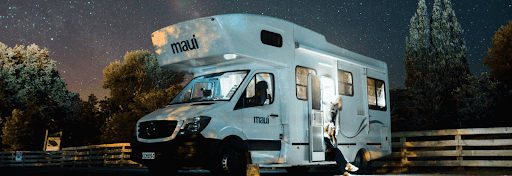
How to Rent an RV
For many travelers, RV trip planning begins with the question, “How much does it cost to rent an RV?” The answer depends on the RV features for which you are looking and from where you rent.
1. Identify Your Budget
There are two categories of RVs: motorhome and towable. Motorhomes are available in three classes: A, B and C. Towables include fifth wheels, toy haulers, travel trailers and pop-up campers.
The Wandering RV reported working with Outdoorsy to study thousands of RV rentals in order to find typical price ranges for RVs for rent by owners in 2020. Trailer trailers, fifth wheels, camper vans and pop-up campers proved to be the most affordable options $50–$150 a night. Class B and C rentals, as well as toy haulers, ranged between $100–$200 a night.
For reference, Bankrate’s Summer Vacation Spending survey, published in 2019, averaged expected expenses to about $2,000. Western Americans are expected to spend more than $2,200 on a trip while Midwesterners are expected to spend just over $1,600 with the rest of the country falling somewhere in between those two.
2. Find the Right RV
Fortunately, the RV community is flush with resources to assist anyone with getting involved with RV life. Take GoRVing.com’s “Finding the Right RV” quiz to help you decide on the right rig for your trip. Once you know what you are looking for, visit RVShare and Outdoorsy for peer-to-peer RV rental services that are similar to Airbnb rentals. Or, rent from one of Cruise America’s dozens of locations across the nation.
If you are new to driving an RV, start with a smaller camper rental (look for B and C classes) for a more familiar drive, especially if windy conditions are a possibility. A family of four will appreciate the overhead cab sleeping space of a class-C motorhome. Your regular driver's license also covers both of these types of vehicles, and you’ll get better fuel economy and more maneuverability than a bus-size class A.
Image Alt Text: Pro Tip - To map your optimal RV route, consider using the Good Sam Trip Planner as your national park road trip planner; it provides map filters for RV preferences such as low clearance and toll avoidance. (Click to Tweet this)
Pro tip: To map your optimal RV route, consider using the Good Sam Trip Planner as your national park road trip planner; it provides map filters for RV preferences such as low clearance and toll avoidance.
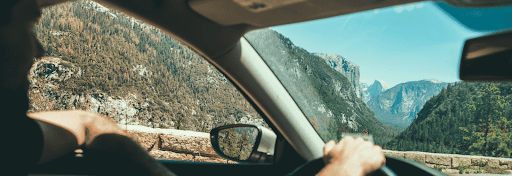
Conclusion
The 2020 pandemic was a real buzzkill to most travel plans and vacations as we knew them. Many cruises, flights and tours were canceled in the wake of Covid-19’s arrival. Savvy travelers are now trading airfare, cruise and hotel costs for RV rentals, fuel, campground and attraction fees such as national parks. We’ve learned to pivot to recreational activities held outdoors while avoiding gathering large groups of people to prevent the spread of Covid-19.
For best results, plan a leisurely pace for a national park road trip. Don’t speed. Aim to arrive at your campground before happy hour to set up camp during daylight hours.
Remember to relax and relish the drive to get the most from a national park road trip. Be flexible and know that even the best-laid plans may falter. National parks are inundated with travelers during the peak summer season; be kind in overcrowded situations to enjoy the journey as well as the destination.
Read next: 5 Reasons Moving to La Crosse WI Is the Best
SHARE:
TAGS:
JOIN OUR NEWSLETTER
Get the latest news and military discounts

